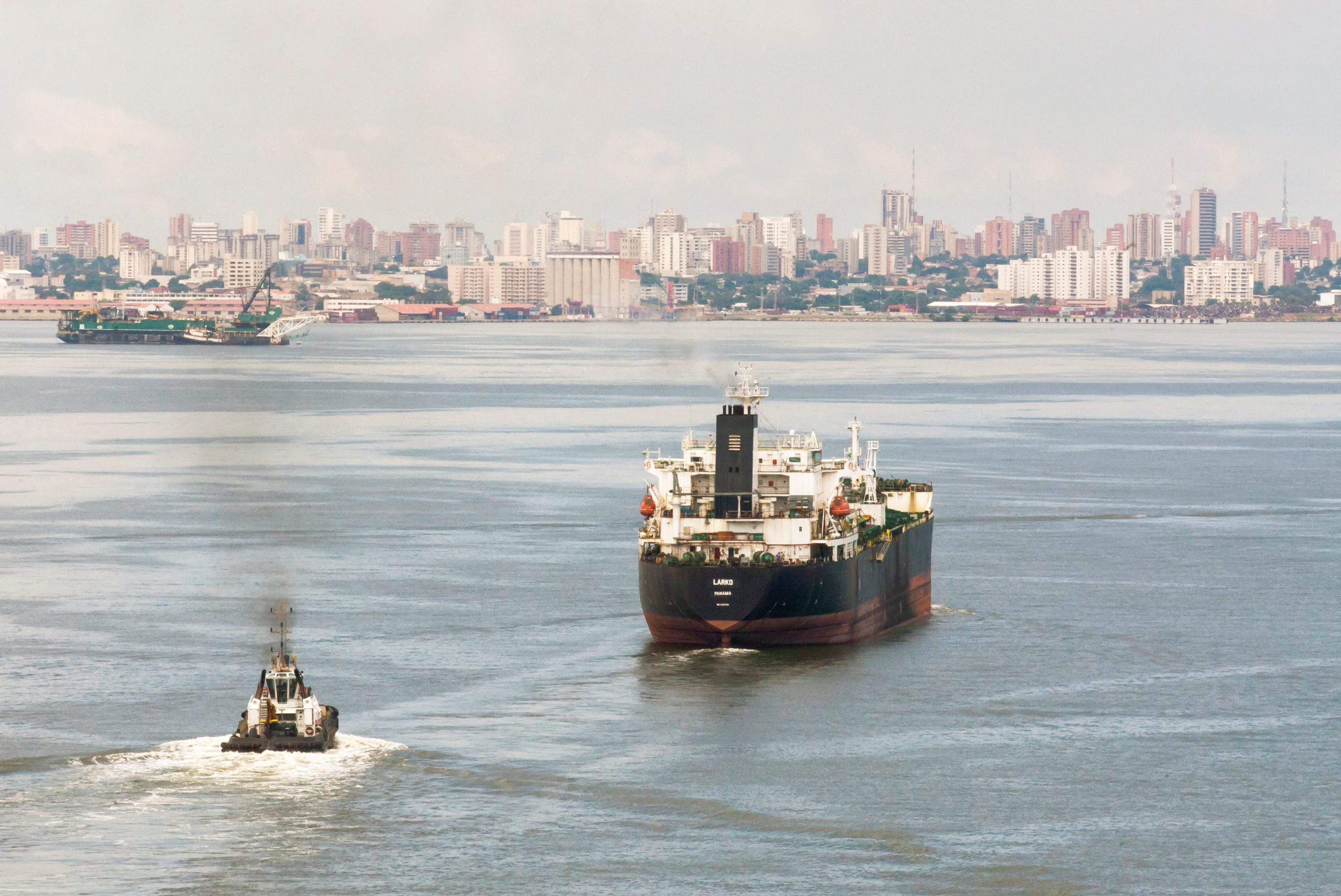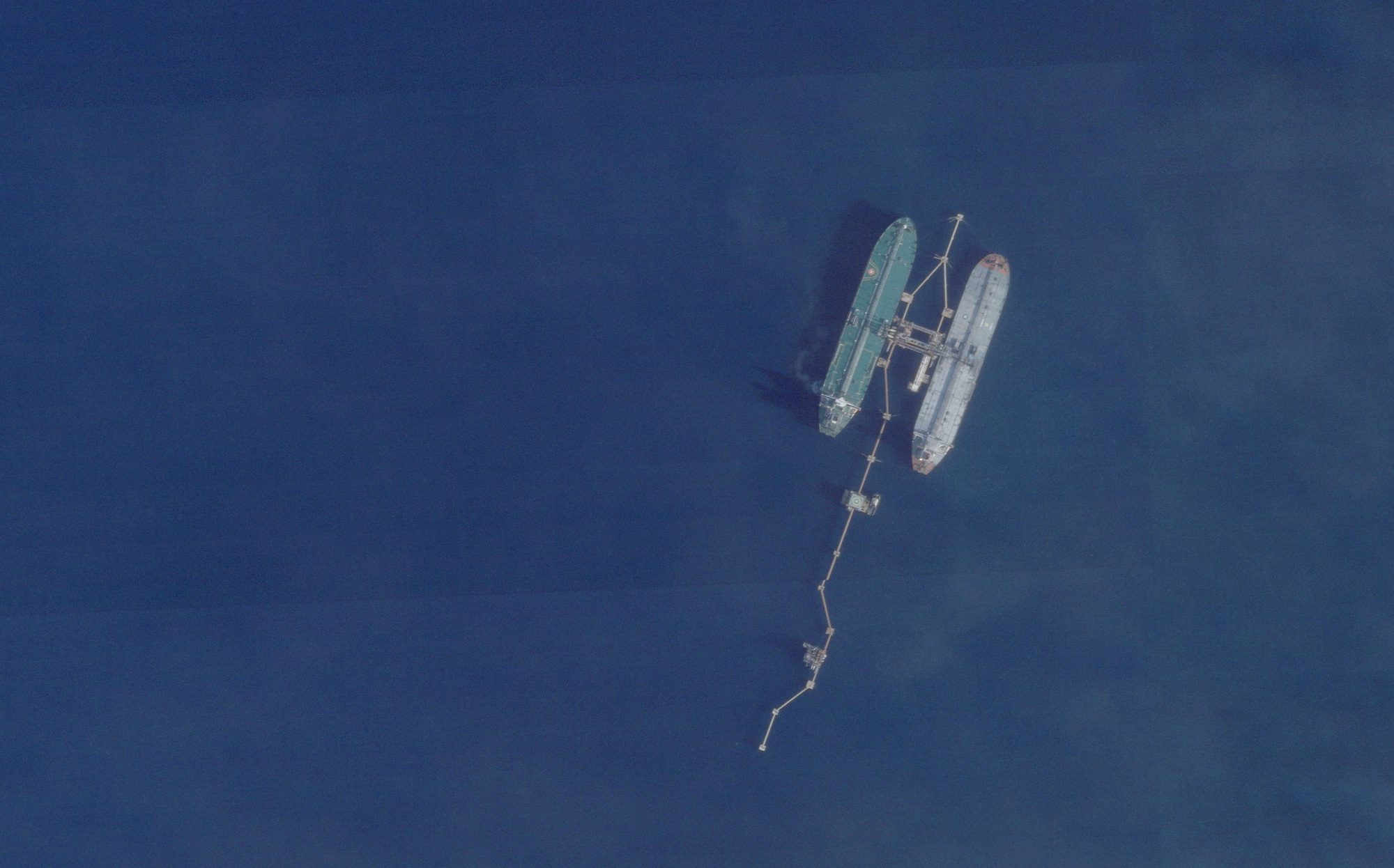by John Konrad (gCaptain) The U.S. Navy has inked a deal to charter a U.S.-flagged tanker from US Marine Management at nearly double the average market rate, underscoring the premium the government is willing to pay for securing U.S.-flagged vessels in military operations. This comes at a time when charter rates in the Pacific are considerably lower, but the Navy’s need for reliability and adherence to specific national requirements is driving the cost upward.
The charter, valued at $14 million for the first year, sets a daily base rate of $38,356. In contrast, the Baltic Exchange assessed the average rate for medium-range (MR) product tankers in the Pacific at just $18,700 per day. Even the rate for more advanced scrubber-fitted eco-tankers only hovers around $29,500 per day, according to shipbroker BRS Group. This discrepancy highlights the significant premium the U.S. Navy is willing to pay to secure vessels that meet its stringent specifications and operational demands.
This particular contract, handled by the Military Sealift Command (MSC), covers up to five years, with the option to extend the agreement through 2028. If all option periods are exercised, the deal could total $73.3 million. The contract includes the stipulation that the tanker must carry at least 38,500 barrels of oil, primarily jet fuel, and must have the capability to transport two separate clean products simultaneously without sacrificing capacity.
While 12 offers were received during the competitive procurement process, the emphasis on U.S.-flagged or reflagged vessels likely narrowed the field considerably. The preference for U.S.-flagged ships stems from national security concerns, as the U.S. continues to bolster its ability to maintain a steady supply of military fuel and goods during times of crisis.
US Marine Management’s fleet, valued at $162 million, includes five tankers and a roll-on/roll-off (ro-ro) vessel. The 50,100-dwt Badlands Trader (built in 2016) is already commercially operated by MSC, with two other MRs—the Shenandoah Trader and Yosemite Trader—potentially available to service future government contracts.
The U.S. Navy’s decision to pay a premium for chartering U.S.-flagged tankers comes in the wake of the USNS Big Horn oiler grounding and the closure of the Red Hill Bulk Fuel Storage Facility in Hawaii, which has further complicated the Navy’s logistics chain. Red Hill, once a critical hub for storing and distributing military fuel across the Pacific, was permanently shut down following a series of fuel leaks that contaminated local water supplies and sparked environmental concerns. With Red Hill no longer available, the Navy is now heavily reliant on maritime transport to move fuel across vast distances, making access to reliable and U.S.-controlled tankers more crucial than ever. The increased costs of these charters reflect the Navy’s need to secure fuel logistics in a region where geopolitical tensions continue to rise, ensuring that U.S. forces remain fully supplied despite the loss of a strategic onshore facility.
The bigger question however, is this contract enough? While securing a single U.S.-flagged vessel to ensure reliable fuel supply in the Pacific is a step in the right direction, it’s a drop in the ocean compared to the looming tanker and oiler (a navy oiler is a tanker that replenishes warships underway) shortage the Department of Defense faces. As Captain Stephen M. Carmel pointed out in a gCaptain editorial last year, the U.S. military will need around 100 tankers in the event of a major conflict in the Pacific, yet it has reliable access only around ten. Without a substantial and scalable plan to expand the U.S.-flagged tanker fleet, including solutions like the Tanker Security Program or prepositioning refined product on vessels, the Navy may find itself critically short on fuel when it matters most. The question remains: does this contract represent a meaningful solution, or are we merely delaying an inevitable logistical crisis that could leave U.S. forces stranded without the fuel they need to operate in a high-intensity conflict with China?
While critics may point to the elevated cost of the contract, the U.S. Navy is prioritizing a guaranteed, U.S.-controlled tanker fleet capable of supporting military operations across the Pacific. This premium ensures not only the availability of critical fuel transport but also adherence to the rigorous standards needed for military deployments.
Read Next: The US Navy Needs Tankers: A Crisis In Capability

 Join The Club
Join The Club










